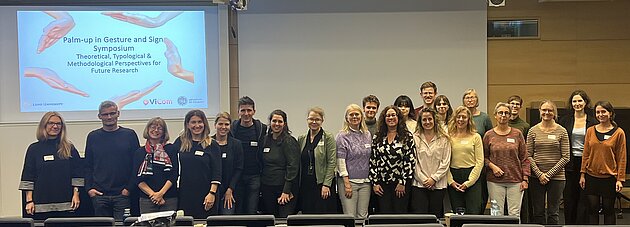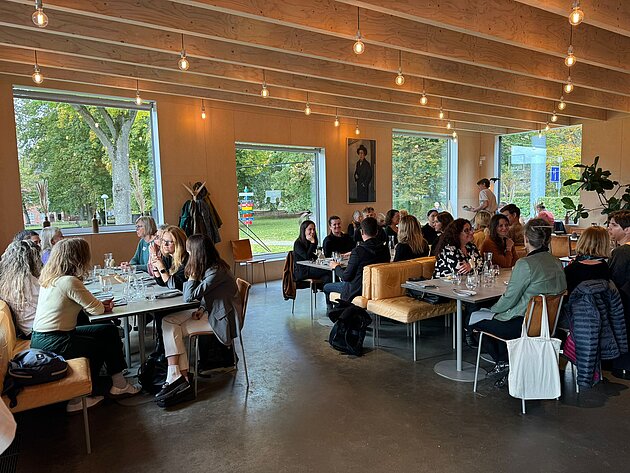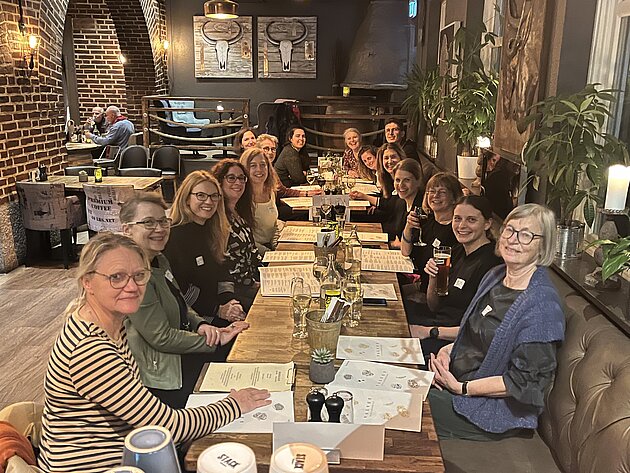About
The symposium aimed at bringing together sign language linguists and gesture researchers, in order to facilitate scientific exchange between the two groups of researchers. Sign language linguists and gesture researchers have worked extensively on the topic of palm-up gestures, but mutual inspiration, collaborations or comparative studies have been rather sparse.
Palm-up gestures are a pervasive phenomenon in multimodal language production. Some researchers even consider them to be one of the most commonly used gestural elements in both signed and spoken discourse (Cooperrider et al., 2018; Müller, 2004).
The symposium addressed a range of important theoretical, typological and methodological questions, such as:
What are the primary functions fulfilled cross-linguistically and cross-modally by various forms of palm-ups?
Do different variants of palm-up constitute dinstinctive gesture families?
Does language modality (spoken vs. signed) have an effect on the functions of palm-up gestures?
What constitutes a demarcation line between palm-up lexical signs and palm-up gestures in signed discourse?
How can we most accurately detect and annotate palm-up gestures?
References
Cooperrider, K., N. Abner & S. Goldin-Meadow (2018). The Palm-Up Puzzle: Meanings and Origins of a Widespread Form in Gesture and Sign. Front. Commun, 3(23).
Müller, C. (2004). Forms and uses of the Palm Up Open Hand: A case of a gesture family? In C. Müller & R. Posner (Eds.), The Semantics and Pragmatics of Everyday Gestures (pp. 233–256). Weidler.
Some impressions of the event





